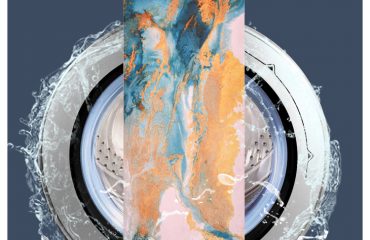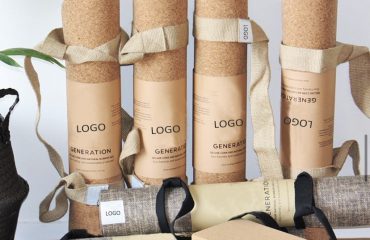The yoga mat is the direct contact of your body during the practice of yoga to provide you with support, shock absorption, skidproof and other functions. The material of yoga mat usually has: foamed PVC/high-density PVC, TPE, rubber, and other thickness: 1.5mm, 3mm, 5mm, 6mm, 8mm, and so on. The general 1.5mm or 3mm is not suitable for beginners, but it is light and easy to carry. A lot of yoga teachers go out to class with thinner cushions, but they are used on a pad that is laid on a yoga mat. The usual thickness of the yoga mat is 6mm or 8mm. The size is around 170–180 * 60 cm.
The ordinary PVC yoga mat of this thickness is about 50 yuan. TPE is about 100–200 yuan. The rubber is around 500 yuan. The role of the yoga mat is to support the body and provide a buffer, which has a certain requirement for elasticity and strength. It is also important to prevent skidding because it may be sweating during exercise. In addition, the material should be environmentally friendly, can not have an odor, and can not be harmful to the human body. The ordinary PVC yoga mat, with several times may drop the chip, the antiskidding is also general. The new cushion may have some taste. It is not recommended to buy. The advantage is that the price is cheap. And TPE is relatively strong, the price is moderate, basically no taste. Natural rubber mats are usually more expensive, flexible and skidproof. But the durability of rubber mats is not as good as TPE. TPE is a chemical material that is not easily affected by sunlight, moisture, bacteria and so on. The rubber pads may be aging for a long time. It’s no problem for you to use it for two or three years.


